
®
SHIPSPOTTING.COM
WELCOME TO SHIPSPOTTING.COM
cape progress - IMO 9385415
Photo
details
Photographer:csaba [ View profile ]
Captured:Jan 26, 2015
Title:Cape Progress
Photo Category:Bulkers Built 2001-2010
Added:Jan 27, 2015
Views:968
Image Resolution:2,254 x 1,680
Description:
English bay anchorage
Vessel
particulars
Current name:CAPE PROGRESS
Current flag:Panama
Callsign:3EIF5
IMO:9385415
MMSI:372135000
Build year:2004
Manager:Yamamaru Kisen - Onomichi, Japan
Class society:Nippon Kaiji Kyokai
Vessel Type:Bulk Carrier
Gross tonnage:92,993 tons
Summer DWT:185,920 tons
Length:290 m
Beam:47 m
Draught:9.4 m
Photos:21 photos by 8 photographers
AIS Position
of this ship
Last known position:21°10’55.74” S, 149°20’54.14” E
Status:
Speed, course (heading):0kts, 337.0° (70°)
Destination:
- Location:Dalrymple Bay Aust.
- Arrival:16th Apr 2024 / 06:00:06 UTC
Last update:22 minutes ago
Source:AIS (ShipXplorer)

Photo
Categories
This ship exists in the following categories:
Bulkers built 2001-2010 - 20 photos
Bulkers including more than one ship - 1 photos
Photographers
of this ship
(8)
8 photos
2 photos
1 photos
1 photos
2 photos
1 photos
4 photos
2 photos
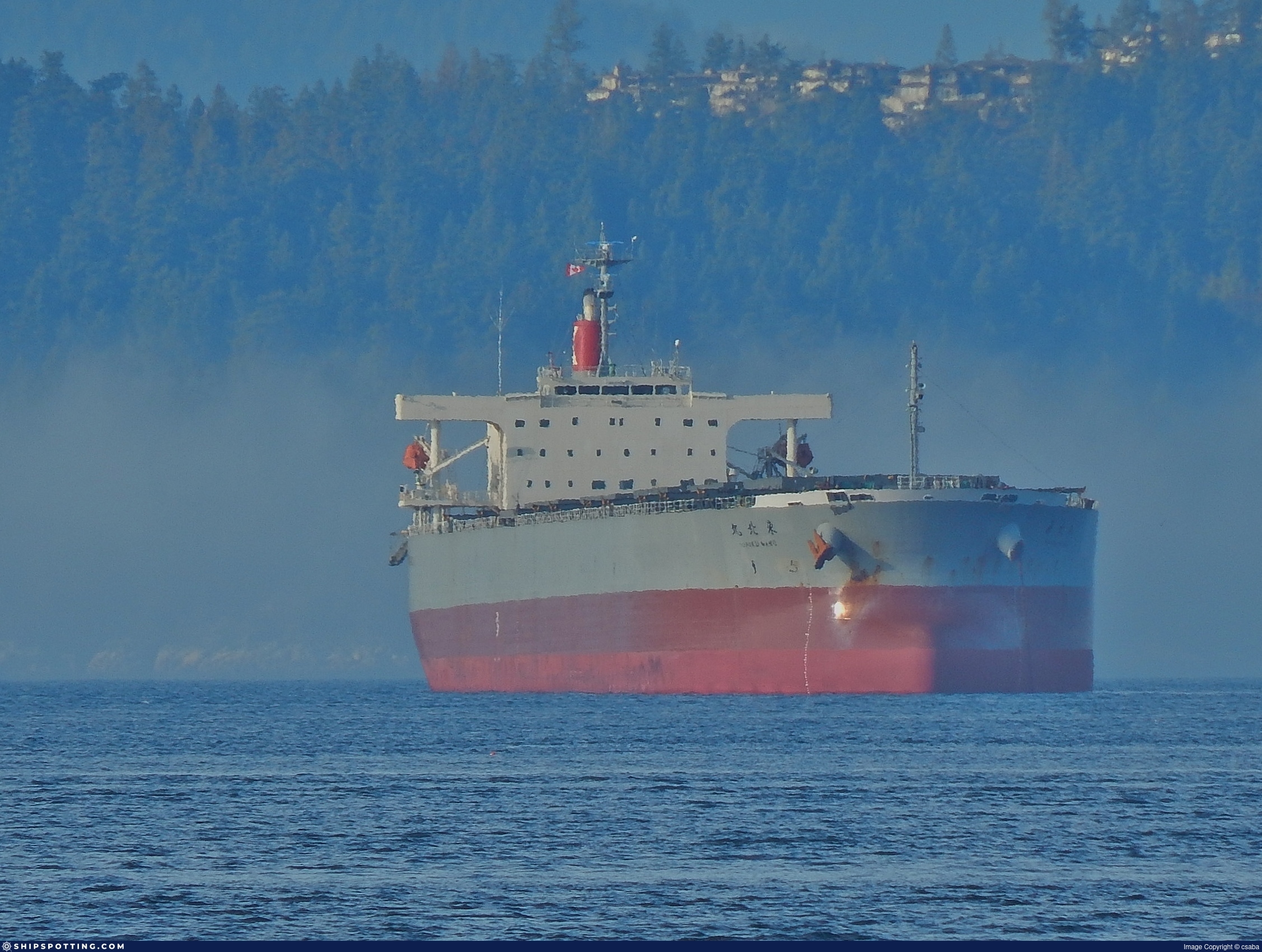

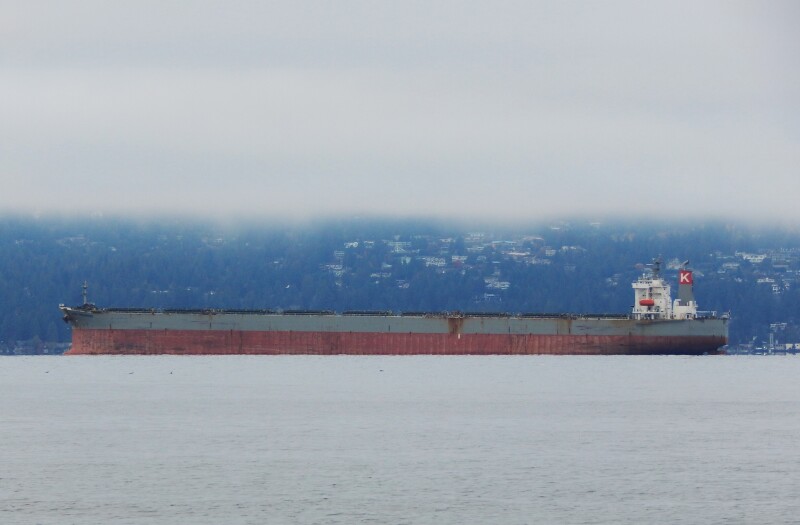
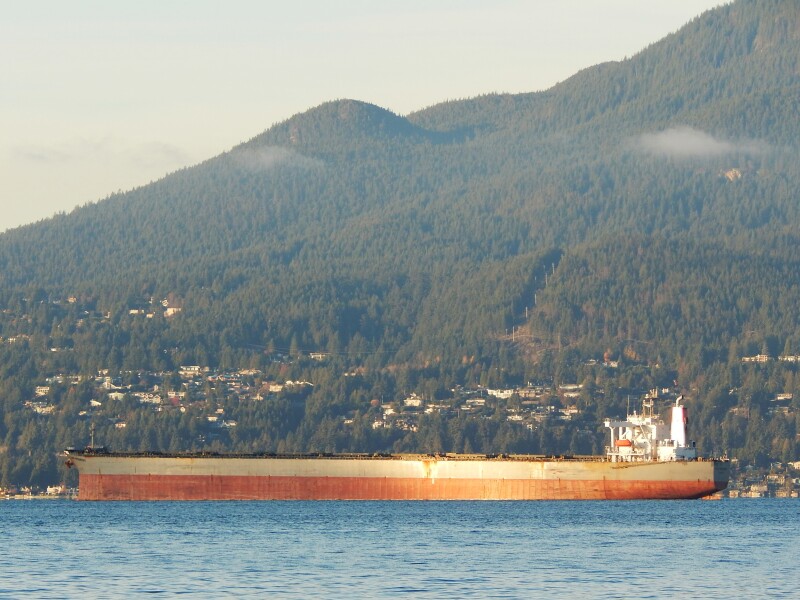
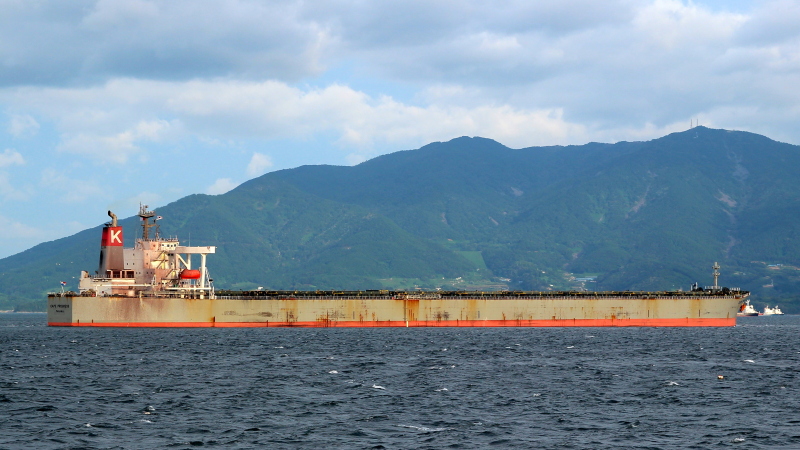
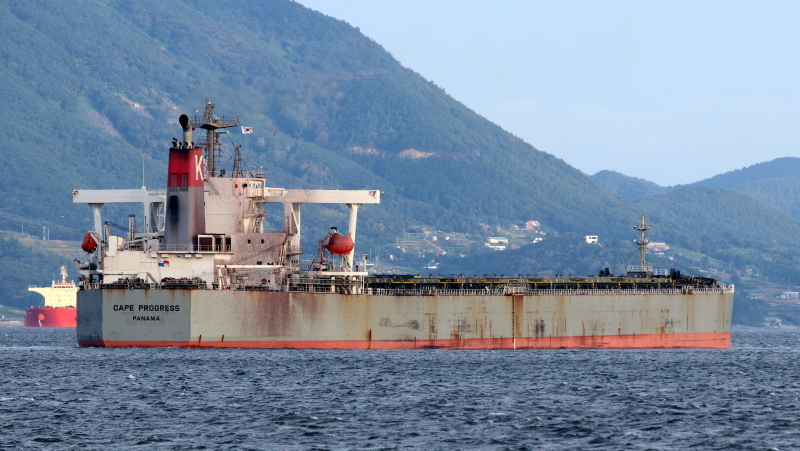
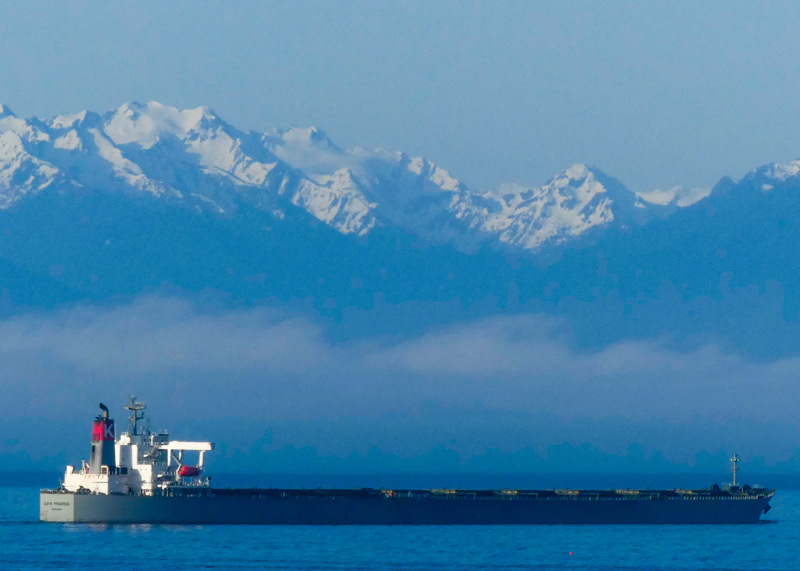
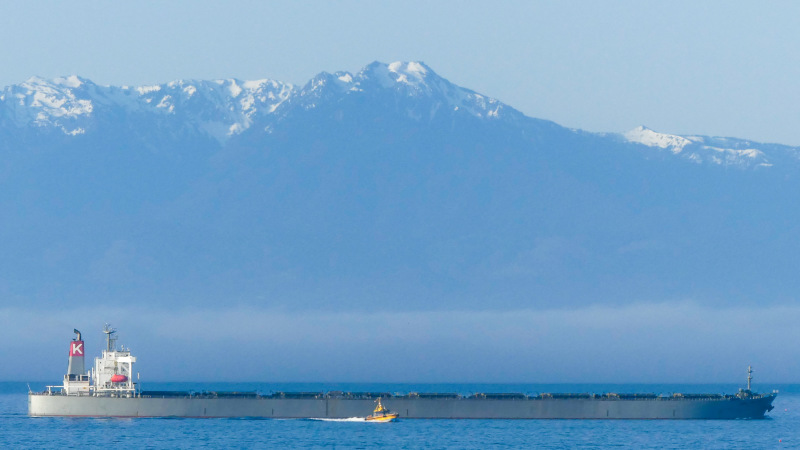
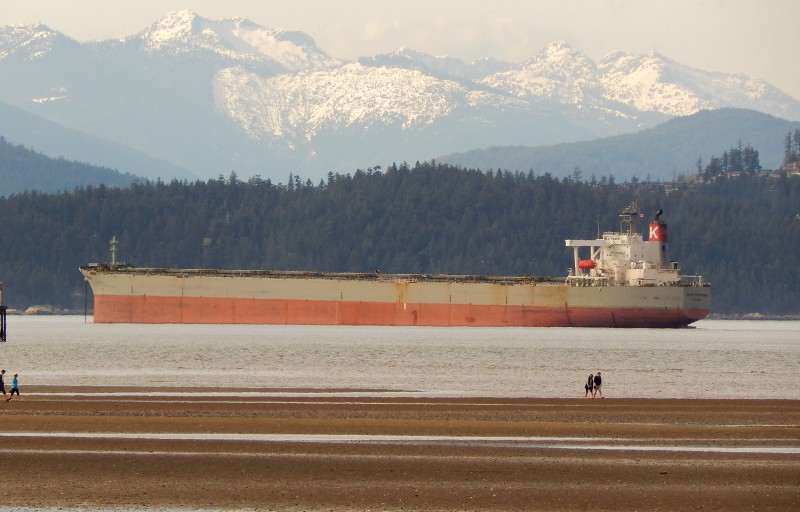
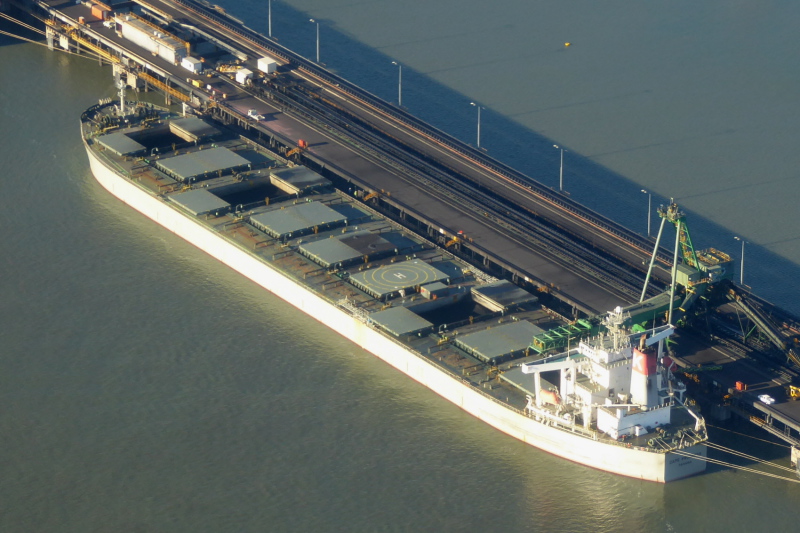


COMMENT THIS PHOTO(3)
The names you have are correct, WNA and so on
Saltwater and/or temperatures have absolute nothing to do with draftmarks.
The draft marks are set for the regional weather areas,therefore winter north atlantic or summer and tropical etcetc. It is because the righting levers become higher with more freeboard and therefore WNA needs less draft because one can safely assume that in WNA a lot seawater would come in bad weather on deck and reduces the stability of the vessel, the lower draft compensates for that. In the tropics where bad weather is not so much the factor the draft can be bigger, hence tropical mark
When you load in Canada and sail to will say Manaus, Brasil (Fresh water) then you are not reaching the draft mark assigned for that area. However if you load the vessel in Manaus on permitted draft then you will be over mark arrival Canada.
Worldwide seewater has 1.025 , This changes only with areas in so far as for example in coastal waters rivers flow in and dilutes the saltwater. Baltic has a very low salt content for example,,also med-sea has lower
Deadweight = the total displacement of the ship @ loaded summer draft minus the ships weight !!!!
brgds
capt ted
Edit
comment
Also note marks are set at Tropical Fresh Water, Tropical, Fresh Water, Summer, Winter and Winter North Atlantic. For example if you load a ship in Canada lakes in winter to its maximum Winter North Atlantic draft and sail to tropical area of world then it would sit lower in water or sink! Blame Samuel Plimsoll.
Edit
comment
Edit
comment